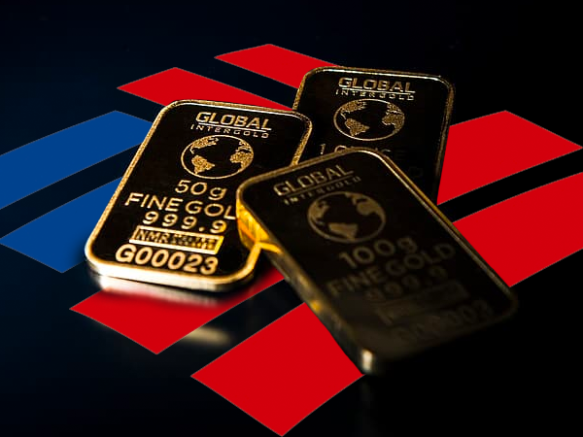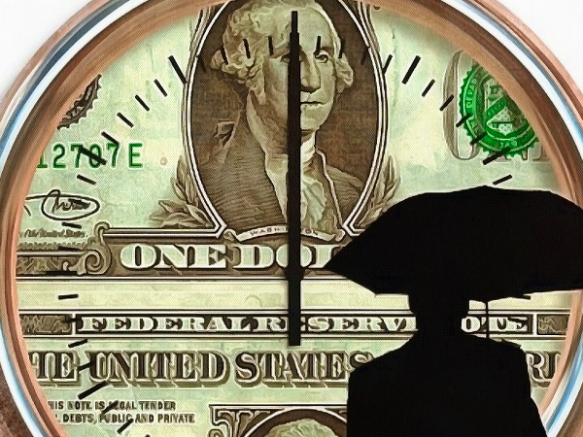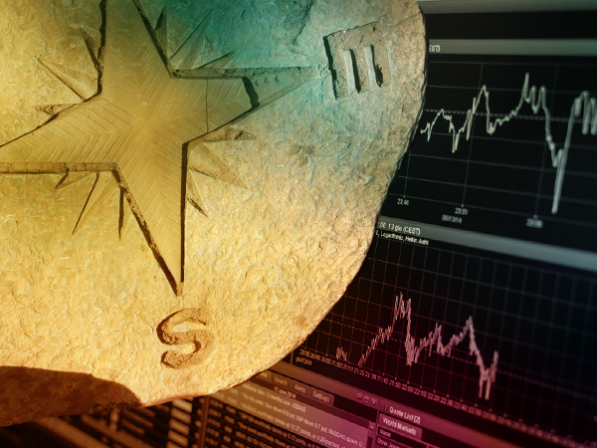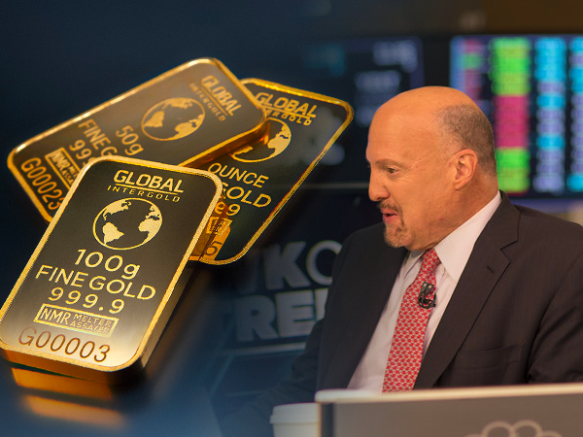As the pandemic aggravates existing tailwinds, experts are detailing why the yellow metal – and silver too – can continue to rise. Here’s their reasoning.

The lauded $1,911 all-time high for gold prices that was set back in 2011 has not just been surpassed, but seems to be shaping up to become a stepping stone for a new record. A mere two years ago, the metal’s prices had bottomed out at around $1,200, and many were quick to call the record high from 2011 a one-off event that won’t be reclaimed in the foreseeable future.
Others, however, insisted that gold rests on exceptionally strong fundamentals in contrast to risk-on assets, and that the metal could be a single black swan event from soaring to new heights. Two years removed, and gold has indeed climbed by close to 50%, a staggering rise for a tried-and-true safe-haven asset.
The jump over the past week has been such that some analysts, such as Insignia Consultants’ chief market analyst Chintan Karnani, are betting on some form of price pullback. Yet Karnani doesn’t expect any correction to be significant, and sees the metal moving on to $2,000 before long.
Ross Norman, CEO of precious metals news and information provider Metals Daily, had predicted a precipitous climb for gold in December 2019, although he notes that the spike was quicker than expected. Gold has now broken out of its traditional tepid summer price movement for two consecutive years, lending credence to the notion that there is much more to the gains than just the global pandemic.
Norman, too, acknowledged that there could be a price pullback that will likely be met with an influx of buyers. He added that, unlike the precious metals market, the stock market’s gains appear to be disconnected from reality and are mostly running on sheer optimism. This idea is supported by the two asset classes abandoning their usual inverse correlation and moving up together.
In regards to the factors driving the monumental gains, Norman explained that the pandemic aggravated existing tailwinds such as an expansion of money supply, ballooning debt and negative real and nominal yields. George Gero, managing director at RBC Wealth Management, echoed Norman’s sentiment, adding the worsening of relations between the U.S. and China and election uncertainty to a mix that points to a long-running bull cycle for the metal.
Equally as important, silver prices have reached a seven-year high, climbing over $24 for the first time since 2013. The parallel move up is standard for the precious metals market and represents an important instance of silver finally catching up to gold. But those with a closer eye on both assets know that the gold-to-silver ratio is still heavily skewed in gold’s favor, and one cannot help but wonder if silver will soon follow historical precedent and post gains that eclipse even those of gold.









